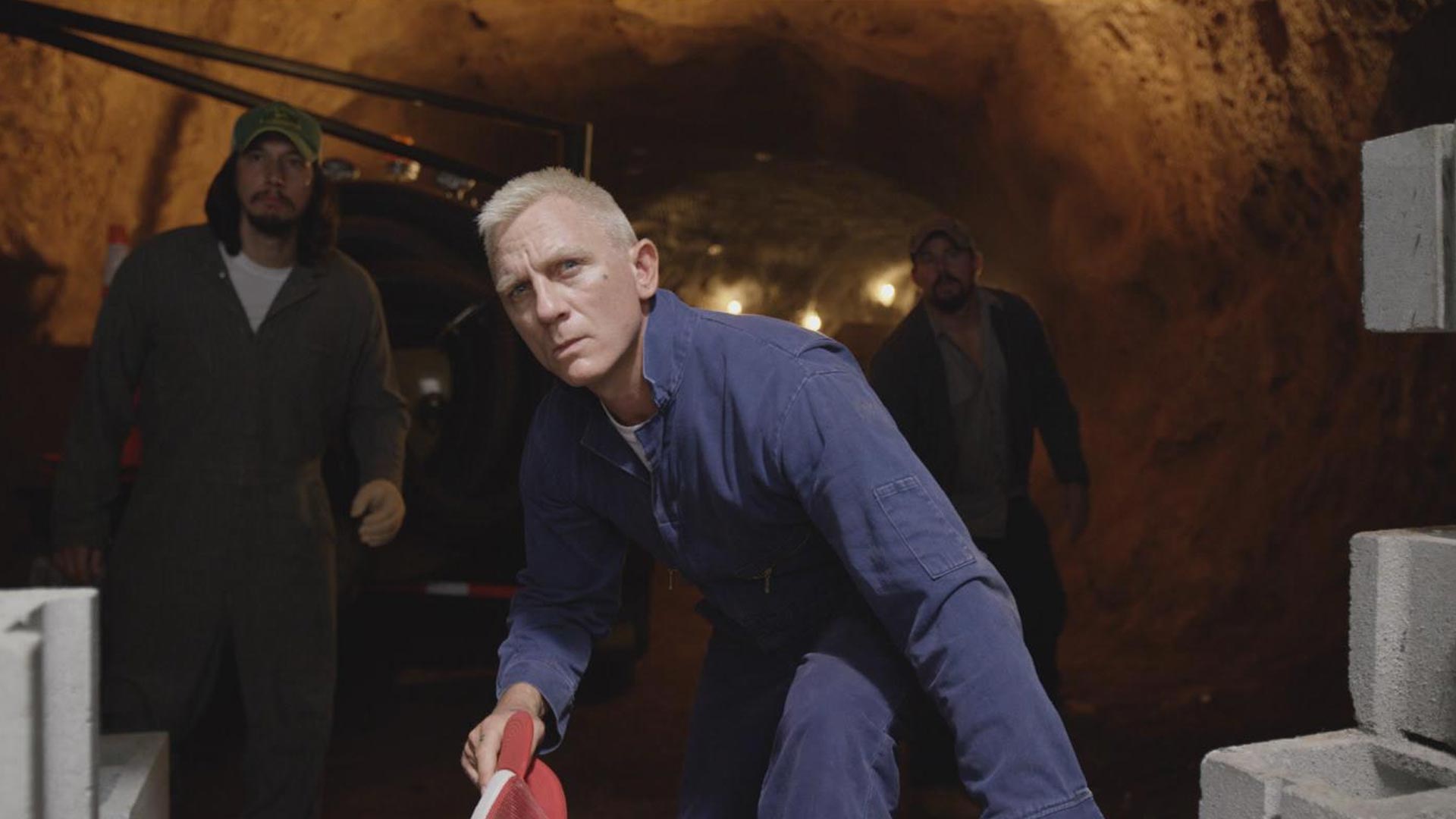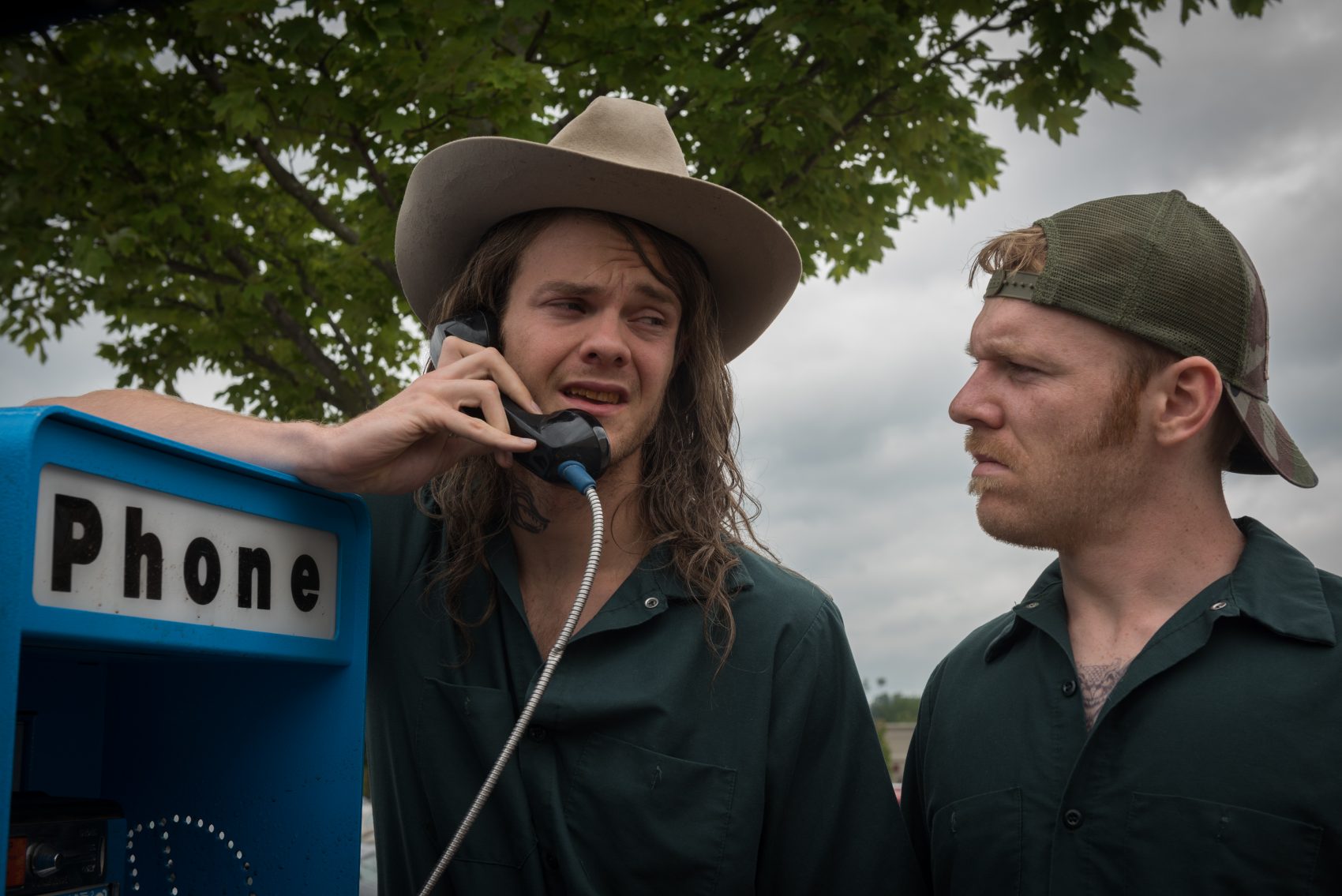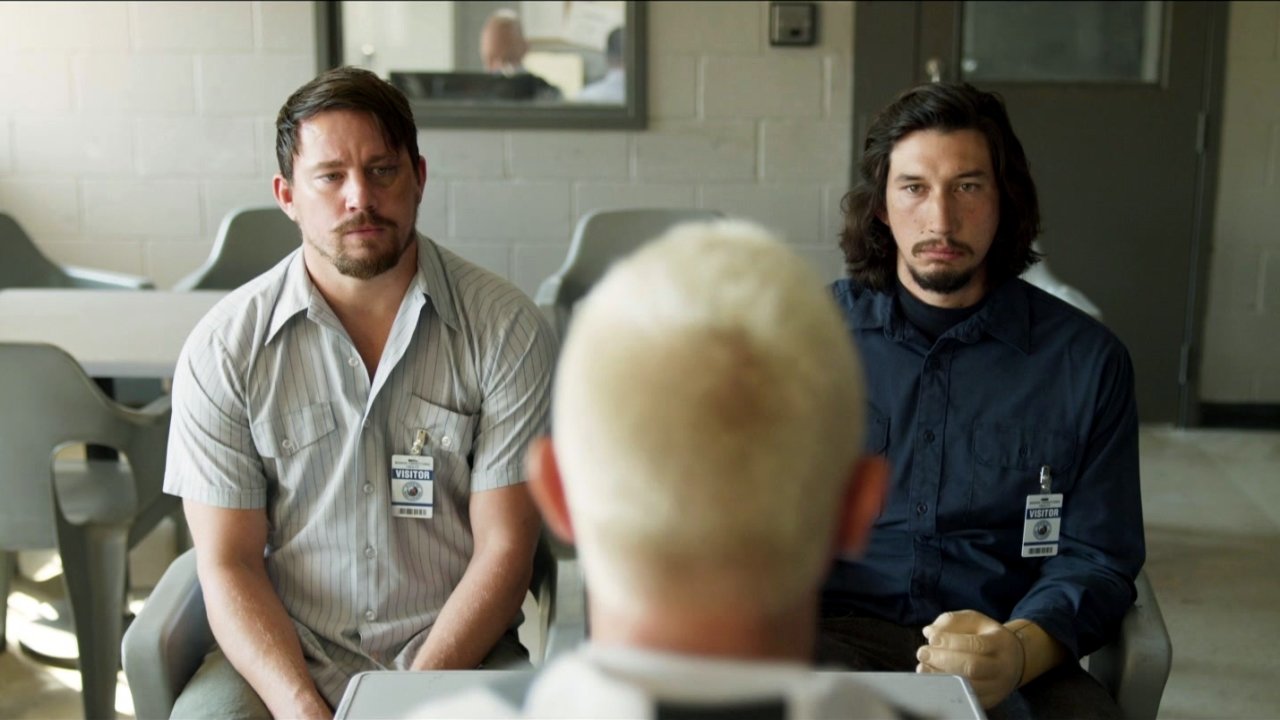Much has been made of the unconventional, even “game-changing” financing model that Steven Soderbergh employed to get his new Logan Lucky out to the world. And much more will be written about whether or not it “worked,” whether its success revolutionized the film industry — saving the mid-budget movie by wresting profits and control from the suits and placing them back in the hands of the creators — or if its failure spells doom for the model. (Hint: it doesn’t look good, at least this time out.)
All this speculative breathlessness tends to overshadow a more basic fact: Logan Lucky is a very good film!
Soderbergh’s frequently hilarious, tongue-in-cheek deconstruction of the heist narrative (“Ocean’s 7-11,” a character on screen helpfully summarizes) is tailor-made for the moment. It’s paced like clockwork, full of charming performances, and, like all of Soderbergh’s work, shot with a more loving attention to detail than the genre material itself might suggest it needs.
Whether anyone goes to see it — and accounts both official and empirical indicate not very many people have so far — Logan Lucky is a near-perfect piece of popcorn entertainment, an ideal Tuesday afternoon matinee option, as we slouch, broke and exhausted with Trump’s America, toward Labor Day.

Jimmy Logan (Channing Tatum, Soderbergh’s “post-retirement” muse) is a recently out-of-work laborer who stumbled across inside information for a potentially lucrative possibility: robbing the Charlotte Motor Speedway. Soderbergh has fun with the genre staples as Jimmy assembles a team — including his brother Clyde (Adam Driver) and sister Mellie (Riley Keough), imprisoned demolitions guy Joe Bang (Daniel Craig), and Joe’s idiot brothers Fish and Sam (Jack Quaid and Brian Gleeson, respectively) — and hatches a plan. (Of course, that plan is a little bit wonky: even Jimmy’s list of 10 heist reminders includes the entry “Shit Happens” on it, twice.)
The ways in which the heist unfolds are, unsurprisingly, some of the chief pleasures of Logan Lucky, and don’t need to be spoiled here. But the heist is almost ancillary to the main thrust of the film, which is entirely character-based. Soderbergh and his stock company allow plenty of time for things to play out, giving the movie and its protagonists room to breathe.
Tatum channels all of his good-guy-down-on-his-luck charm into the role: his firing was the result of failing to disclose an injury to his corporate employers, a pre-existing condition that manifests in both a limp and a sense of wounded pride. A former small-town high-school football star, with an ex-wife (Katie Holmes) he tolerates and a beauty-pageant daughter (Farrah Mackenzie) he adores but can’t do much to provide for, Jimmy would be a stock figure if it weren’t for the dignity Tatum brings.
Clyde is another wounded soul — literally and figuratively, with a distant look, detached demeanor, and a fake hand to replace the one he lost in Iraq — and Driver is (once again) impressive. Watch how he stands: there’s a slump to his otherwise motionless posture throughout Logan Lucky that seems to hint at a former military guy, almost but not quite beaten down by circumstance. Clyde’s convinced the family is fundamentally unlucky, even cursed. He has ample data to back up the conspiracy.
And in between the brothers stands Craig’s quirky, vaguely menacing figure of jailhouse mystery, a mediation Soderbergh repeatedly emphasizes through the framing and blocking.


Others have found objectionable rural stereotypes in these figures, and indeed, if you add in the Nascar setting, Mellie’s long beautician nails and exposed bras, and Fish and Sam’s half-drunk doofus hijinks, the argument is just sitting there on screen, waiting to be made.
But this ignores all the affection in the characterizations, the sense of place (state borders play a central role), and the infectiousness of the genre unfolding. Even the physical damage to the brothers’ bodies — from callously shrugged-off workplace injury and the wounds of cynical wars — argues against that reading. Sure, there are laughs to be had, but Lucky Logan is extraordinarily specific, and it isn’t punching down. At its core, this is a film about sticking it to the elites, who never saw it coming.

All of which, to return to the financing discussion, perhaps provides a subtext to Soderbergh’s larger project. Is it an accident that his first foray into alternate ways of structuring funding and profit-sharing focuses on a bunch of idealistically empowered down-and-outers robbing The Man?
Maybe that’s too much. And no one grafts weird intelligence onto these barebones narratives like Soderbergh in the first place. Potential subtext aside, there’s just a huge sense of fun and freedom in Logan Lucky.
Which makes sense. In his now-famous State of Cinema address at the 56th San Francisco International Film Fest, Soderbergh bemoaned that:
When I was coming up, making an independent film and trying to reach an audience I thought was like, trying to hit a thrown baseball. [Now this] is like trying to hit a thrown baseball – but with another thrown baseball. That’s why I’m spending so much time talking to you about the business and the money, because this is the force that is pushing cinema out of mainstream movies.
But in the same speech, he also concluded:
The other thing I tell young filmmakers is when you get going and you try to get money, when you’re going into one of those rooms to try and convince somebody to make it, I don’t care who you’re pitching, I don’t care what you’re pitching – it can be about genocide, it can be about child killers, it can be about the worst kind of criminal injustice that you can imagine – but as you’re sort of in the process of telling this story, stop yourself in the middle of a sentence and act like you’re having an epiphany, and say: You know what, at the end of this day, this is a movie about hope.
Logan Lucky is, in part, about shaking off a curse through sheer boldness. Whether or not it works out in the long run, it’s certainly fun while it lasts. Maybe that’s enough to hope for.

